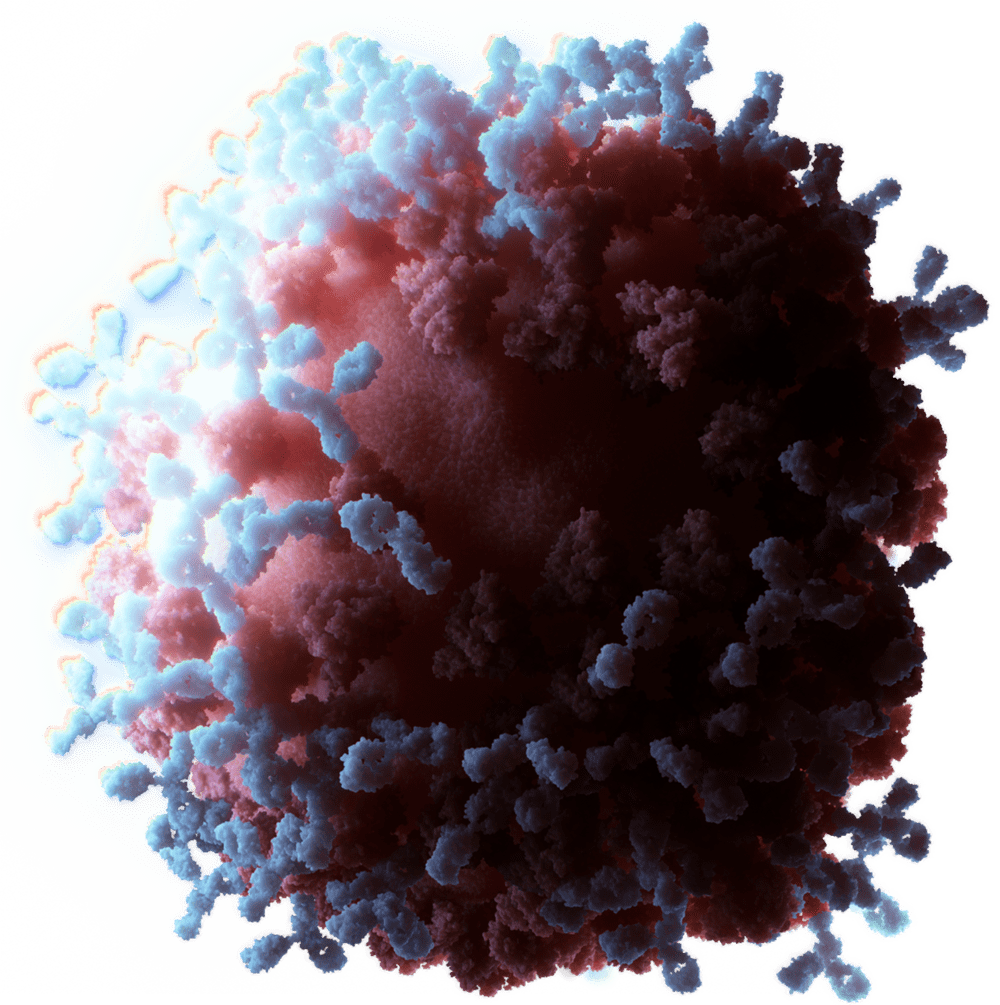 |
Wim Hol
Emeritus Professor of Biochemistry
Professor of Biological Structure
Adjunct Professor of Pharmacology and Bioengineering
PhD 1971, University of Groningen, The Netherlands
|
Honors
- 2013 Fellow, American Association for the Advancement of Science (AAAS)
- 2013 Fellow, American Crystallographic Association
- 2006 Honorary Doctorate, University of Ghent, Belgium
- 2004 Honorary Member, Indian Biophysical Society
- 2004 Chancellor’s Distinguished Lecturer, Louisiana State University
- 2003 C.V. Raman Visiting Professorship, University of Madras, India
- 2002 Bridget Ogilvie Lecturer, University of Dundee, Scotland
- 2001 Director, Structural Genomics of Pathogenic Protozoa (SGPP) – NIGMS
- 1992 Elected Member Royal Dutch Academy of Sciences (KNAW)
- 1991 Keilin Medal, Biochemical Society, United Kingdom
- 1989 President, International Symposium, “Prospects in Protein Engineering,” Groningen, The Netherlands
- 1988 Director, “Crystallography of Molecular Biology Course”, International School of Crystallography, Erice, Italy
- 1984 Elected Member European Molecular Biology Organization (EMBO)
- 1978 Center of Excellence Award, Dutch Foundation for Chemical Research
- 1978 Gold Medal, Royal Dutch Chemical Society
- 1976 Z.W.O. Fellowship Award for a year research at UCSD
Research
Research in Dr. Hol’s group is multi-disciplinary and directed towards the structure determination of exciting protein molecules as a starting point for understanding the way they function and resolving the intricacies of their often miraculous architecture. Designing new inhibitors that can be further developed into drugs, in particular for the treatment of infectious tropical diseases.
The studies in the last ten years have focused on unraveling the crystal structures of key proteins from major tropical pathogens in parallel with structure-based development of inhibitors of these proteins. Examples are:
- We have made good progress in deciphering the mode of action of cholera toxin and developing high affinity receptor binding antagonists. The structure of the fully activated form of the toxin, in complex with the human G-protein ARF6, has also been obtained recently. Ongoing studies are aimed at understanding additional interactions of the toxin with human proteins.
- Structures of five proteins from the sophisticated Type II Secretion System of Vibrio cholerae, which translocates cholera toxin across the outer membrane, have been unraveled in recent years. These are actually only initial steps in understanding the mode of action of this fascinating, two-membrane-spanning, molecular machinery.
- The intriguing RNA-editing editosome of the sleeping sickness parasite Trypanosoma brucei is able to incorporate dozens of nucleotides into immature mRNAs, resulting in mature messages which are sometimes twice the size of the starting mRNA. The three-dimensional structures of two editosome key enzymes have recently been solved at high resolution revealing fully their nucleotide binding modes. Structure determinations of multiple editosome sub-complexes and complexes with RNA are currently being undertaken.
- Another most unusual feature of Trypanosoma brucei and related tropical pathogens is the presence of “glycosomes”, unique organelles that are critical for energy generation in the bloodstream form of the sleeping sickness parasites. We are studying the “peroxins”, proteins responsible for the biogenisis of these essential organelles.
- The major human malaria parasites Plasmodium falciparum and P. vivax are able to enter human liver cells as well as erythrocytes. The proteins involved in the “invasion machinery” are only just being discovered. We have solved the three-dimensional structure of a key interaction between two proteins of this cell invasion machinery. These are obviously important drug targets for new anti-malarials. Studies on other critical components of this dynamic macromolecular machinery are under way.
- Two key DNA regulators of Mycobacterium tuberculosis have been caught in the act of binding DNA, which is exploited for the design of small-molecule deregulators of these regulators. One of these regulators shows totally unexpected large variations in tertiary and quaternary structure during its course of action.
Several contributions have also been made to the development of methods in protein crystallography. Most recently these have been made largely within the framework of the Structural Genomics of Pathogenic Protozoa (SGPP) Consortium that has expressed thousands of genes from trypanosomatid and Plasmodium species, purified hundreds of proteins from these pathogens, and solved dozens of crystal structures.
Mode of activation of Cholera Toxin by the human G-protein ARF6
Schematic of the Type II Secretion System of Cholera Toxin (with structures solved indicated)
Two structures of key enzymes from the RNA editing Editosome
The activated Iron-dependent regulator (IDER) from Mycobacterium tuberculosis in complex with DNA
Publications:






